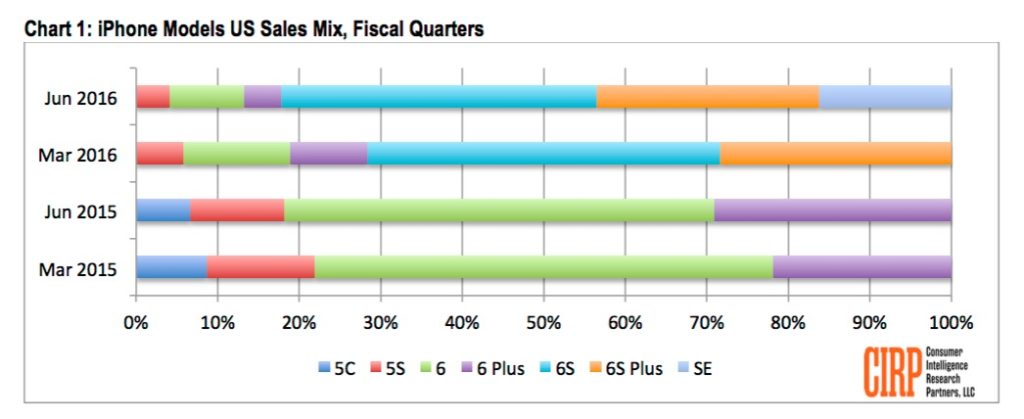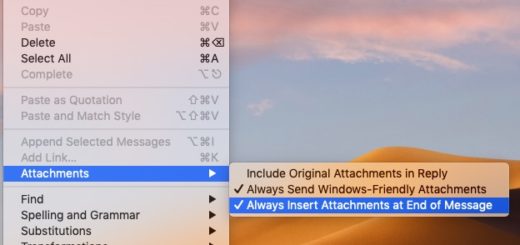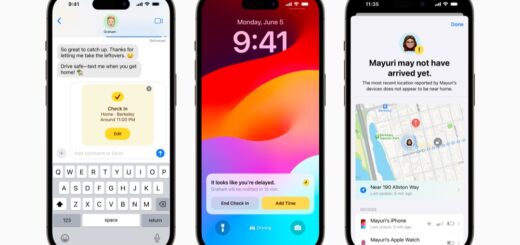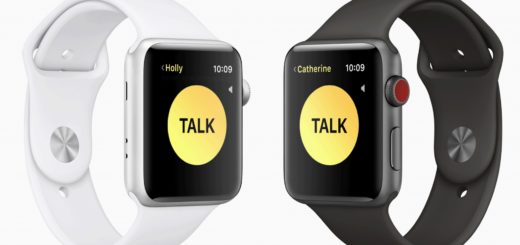iPhone SE steals share from higher-priced iPhones

Keeping the iOS users in the loop as Apple plots the next chapter in its story
Consumer Intelligence Research Partners has announced its analysis of consumer trends for US iPhone sales for the June 2016 fiscal quarter, which represents the first quarter for the new iPhone SE, and the third full quarter after the launch of the iPhone 6s and 6s Plus models.
CIRP claim that the new iPhone SE accounted for 16% of total US iPhone sales, with iPhone 6S at 39% and iPhone 6S Plus at 26%.
“iPhone SE appears to have appealed to owners of much older iPhone, and less to switchers from Android and other operating systems,” said Mike Levin, Partner and Co- Founder of CIRP.
“On the one hand, the SE may have persuaded these owners of older iPhones to upgrade to a new phone, and possibly remain with Apple iOS. On the other hand, with its much lower retail price, iPhone SE also may have diverted these customers from purchasing a more-expensive iPhone 6/6S series phone, which will likely lead to a lower ASP in the quarter,” they say in a release available here.
However, despite the anxious headlining it also seems clear that iPhone SE has achieved what Apple wanted to achieve with the release — around 80 percent of iPhones sold in the quarter are of the most recent models, and this means a huge chunk of the installed iPhone user base now has a state-of-the-art 64-bit processor inside their iPhone.
This means most iPhones currently in use are running these processors.
Why?
CIRP is missing a trick in thinking it’s all about iPhone sales. it’s not. It’s about building a strong core from which the company plans future growth. Think wearables and more. There’s lots of money in VR, for example.





Actually, the graph shows that the iPhone SE isn’t “stealing” from sales of iPhone 6S/6S Plus, it is augmenting those sales.
The sales of high end iPhones always drops in the June quarter, since buyers start holding off until September to buy the new iPhones, or to buy the current iPhones at reduced price. So seeing less iPhone 6S/6S Plus models sold in June 2016 vs. those sold in March 2016, is par for the course.
The graph only shows the estimated percentages of the total, but not the total numbers themselves, so seeing bars that are equal in length is misleading. Once we get actual sales figures to compare, it should become apparent that the iPhone SE isn’t competing with the iPhone 6S/6S Plus, it is augmenting those sales to people who either could not afford the high end iPhones, or preferred a smaller iPhone than the iPhone 6S..
I agree…. BUT — for me the big point is proliferation of the 64 bit chip.
(I felt that i could have gone off on a tangent with your argument , but wanted to point to this idea more in this little blog)
(Hence the reference, “despite the anxious headlining”, I was attempting to download without making it the centre of the piece.
Mea culpa